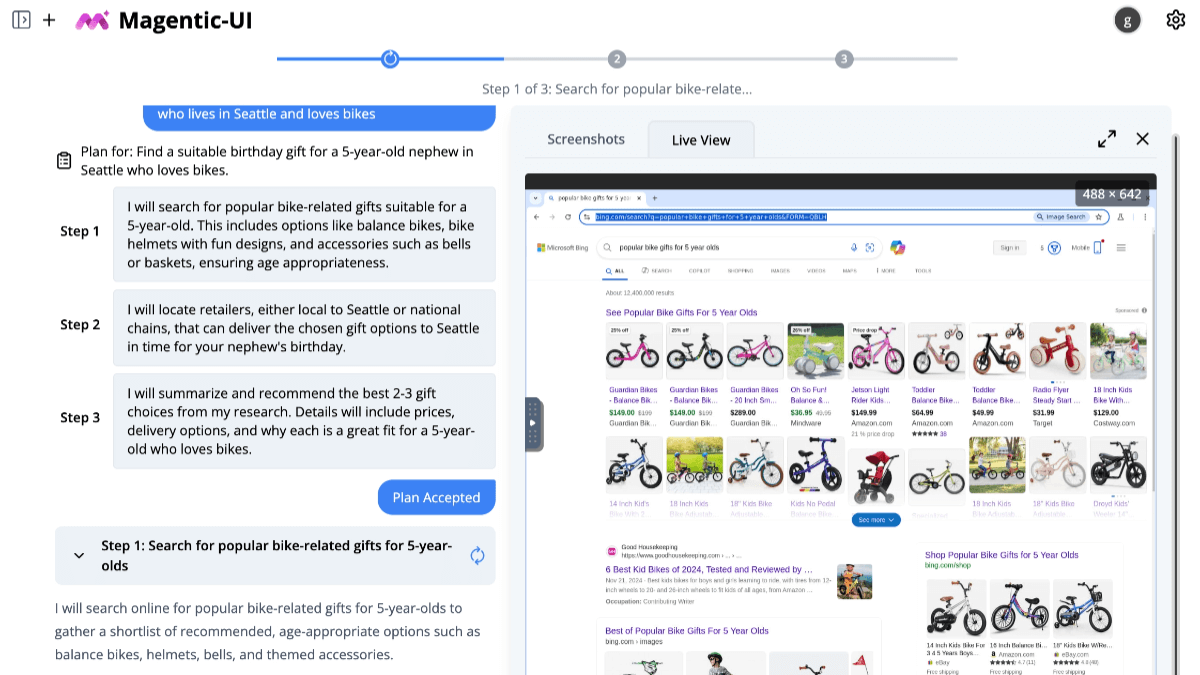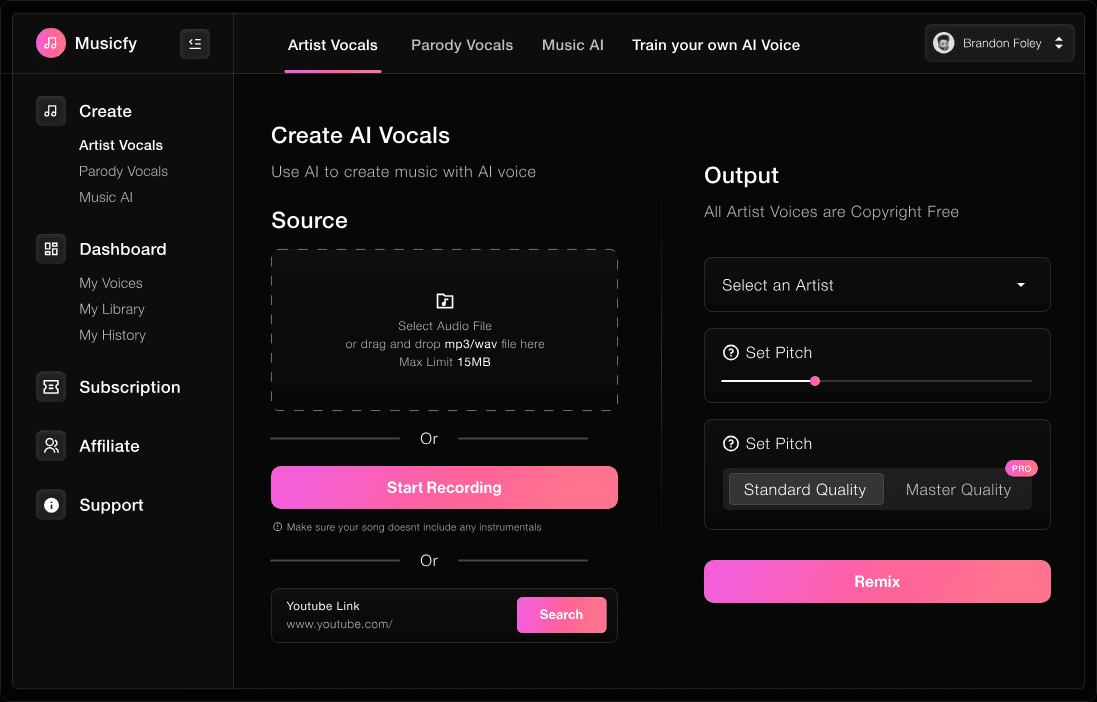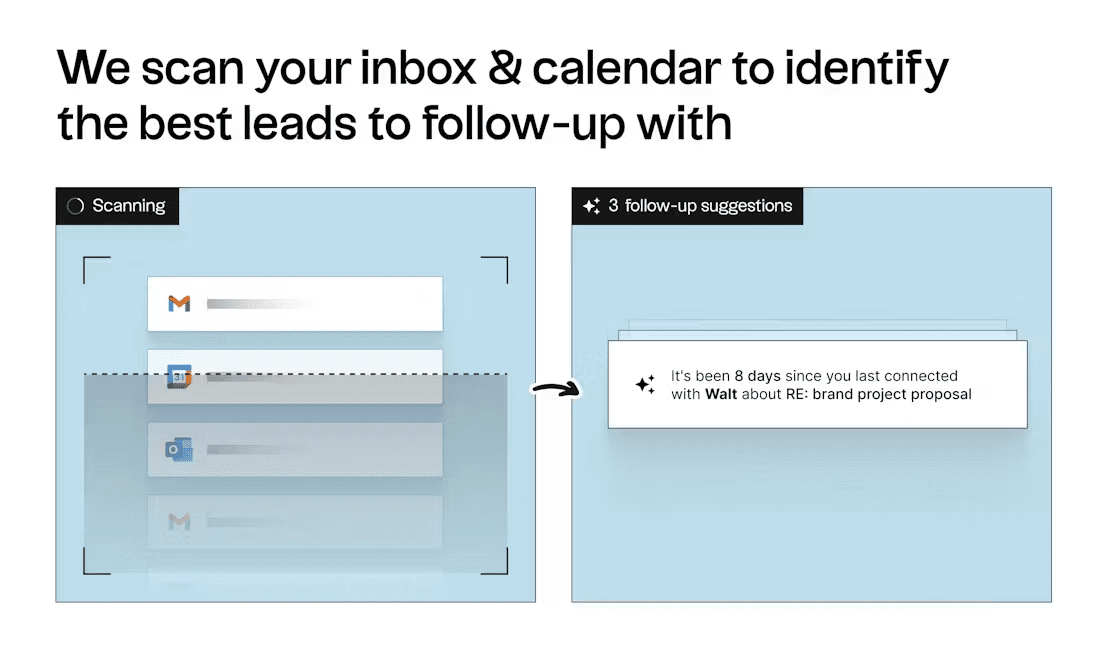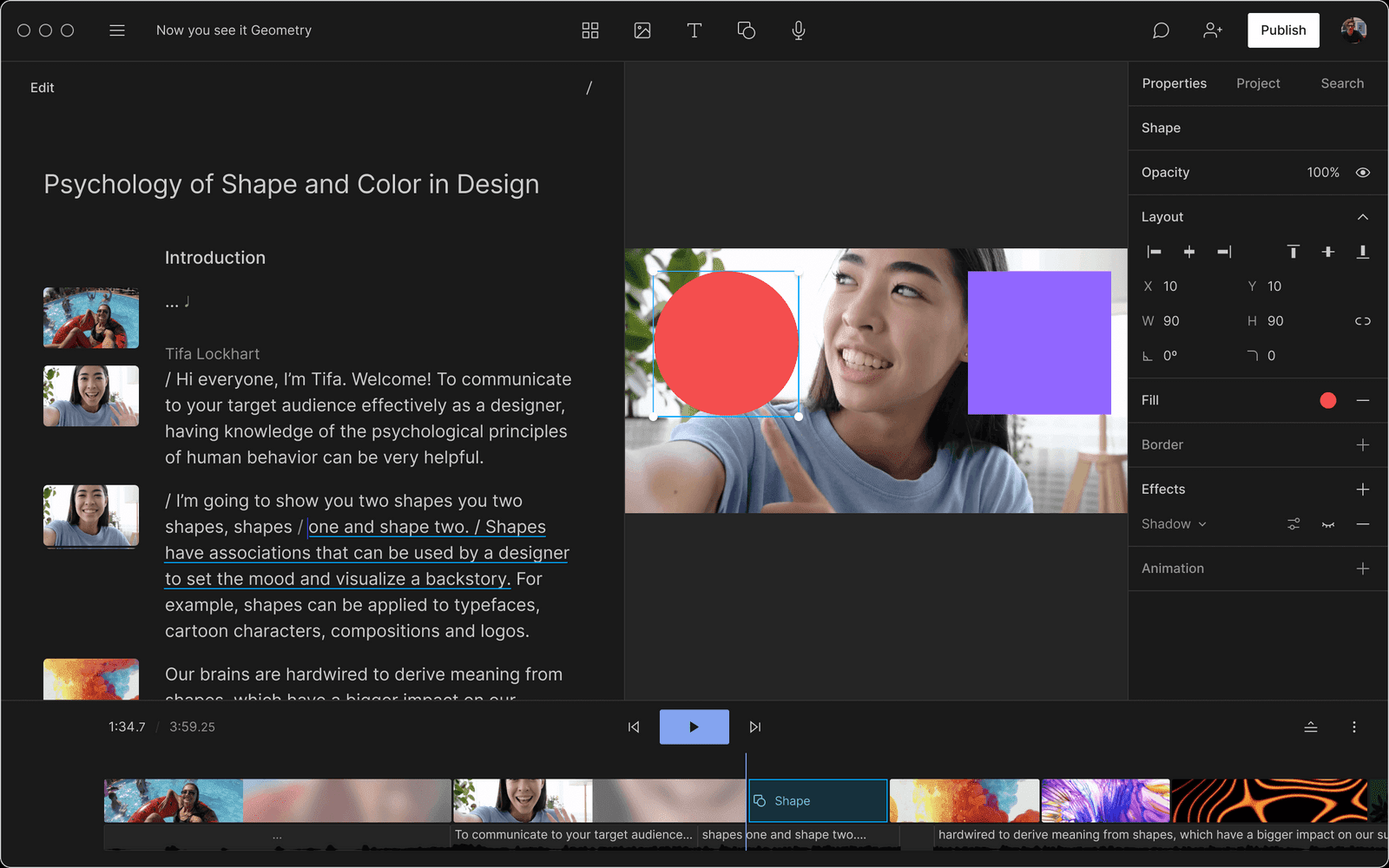Magentic-UI - Microsoft Open Source AI Agent for Human-Computer Collaboration
What is Magentic-UI
Magentic-UI is Microsoft's open source human-computer collaboration AI Agent.Magentic-UI is based on close collaboration with the user to help complete complex Web tasks, such as Web browsing, code execution, and file processing. The tool emphasizes collaborative planning, allowing users to participate in task planning in advance and make adjustments in real time; in the execution phase, users can take over at any time to ensure that the task advances on demand; Magentic-UI security mechanisms can seek user approval before critical operations to ensure operational safety; Magentic-UI can learn from experience and save execution plans for reuse in subsequent tasks to improve efficiency, providing strong support for exploring new modes of human-computer collaboration. Magentic-UI learns from experience and saves execution plans for reuse in subsequent tasks, increasing efficiency and supporting the exploration of new models of human-machine collaboration.

Main features of Magentic-UI
- Collaborative planning: Generate step-by-step plans prior to executing a task, with the ability for users to modify and approve them to ensure that the task is carried out as needed.
- Collaborative implementation: The operation is displayed in real time during execution, and the user can take over at any time to ensure that the execution meets the requirements.
- security mechanism: Seek user approval before critical operations and support customized approval policies to safeguard operational security.
- learning to reuse: Save the plan after the task is completed and the user can reuse or modify it for future tasks to improve efficiency.
Magentic-UI's official website address
- Project website:: https://www.microsoft.com/en-us/research/blog/magentic-ui-an-experimental-human-centered-web-agent/
- GitHub repository:: https://github.com/microsoft/magentic-ui
How to use Magentic-UI
- Installation and Configuration::
- Cloning GitHub repositories: Clone Magentic-UI's code repository locally from GitHub.
git clone https://github.com/microsoft/magentic-ui.git- Installation of dependencies: Install the Python dependencies required by the project.
cd magentic-ui
pip install -r requirements.txt- Configuration environment: Configure environment variables such as API keys, Docker settings, etc. as needed.
- Launching Magentic-UI
- Operations Server: Start the Magentic-UI backend service.
python server.py- Accessing the Web Interface: Accessed in the browser
http://localhost:5000(default port) to access the Magentic-UI web interface.
- Mission planning and implementation
- Enter a description of the task: Enter a description of the task in the web interface, e.g. "Compare the prices of two products".
- generate a plan: Magentic-UI automatically generates a step-by-step plan that the user can view, modify or approve.
- operate: After approving the plan, Magentic-UI starts executing the task and the user is able to view the execution process in real time.
- receiver control: If desired, the user can always take over a step of the task and complete the operation manually.
- Security and Control
- Setting up access rights: Specify the list of websites that Magentic-UI can access in the settings.
- interrupt operation: During the execution of a task, the user can interrupt the operation at any time to stop any pending steps.
Core Benefits of Magentic-UI
- Collaborative planning: Magentic-UI generates detailed step-by-step plans, supports users to view, modify and approve them, ensures that the tasks fully meet the users' needs, and improves the accuracy and satisfaction of task execution.
- Collaborative implementation: During task execution, Magentic-UI displays the upcoming operations in real time, and the user can take over control at any time, ensuring that the task execution fully meets the user's needs, and avoiding task failures due to misunderstandings or errors.
- security mechanism: Magentic-UI seeks explicit user approval before performing critical or irreversible operations, supports user-defined self-approval policies, and enables users to set a list of accessible websites to prevent AI from accessing insecure or unauthorized websites and to safeguard operational security.
- learning to reuse: After the task is completed, Magentic-UI saves the execution plan, and users can directly reuse these plans when performing similar tasks in the future, or modify and adjust the plan according to the new requirements, which improves the efficiency of task execution and reduces repetitive work.
- transparent and controllable: Magentic-UI provides a transparent interaction experience, where users can clearly understand every step of the task's operation, ensuring that the task's execution process is fully controllable, and users can provide feedback at any time during the task planning and execution process, and Magentic-UI makes timely adjustments based on the feedback.
People for whom Magentic-UI is suitable
- research worker: Explore human-computer collaboration models and conduct related research based on open source features and experimental platforms.
- developers: Develop human-computer collaboration applications or integrate them into existing projects with flexible architecture and open source code.
- educator: As an instructional tool to help students learn skills such as task planning, AI collaboration, and programming.
- regular user: Complete complex Web tasks such as comparing product prices, filling out online forms, or booking travel.
- business user: Optimize internal workflows to improve efficiency and reduce labor costs.
© Copyright notes
Article copyright AI Sharing Circle All, please do not reproduce without permission.
Related posts

No comments...




